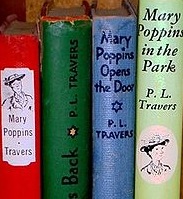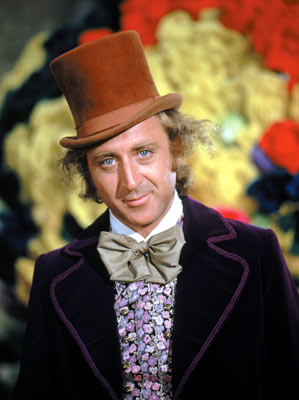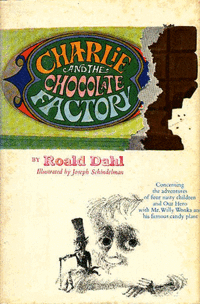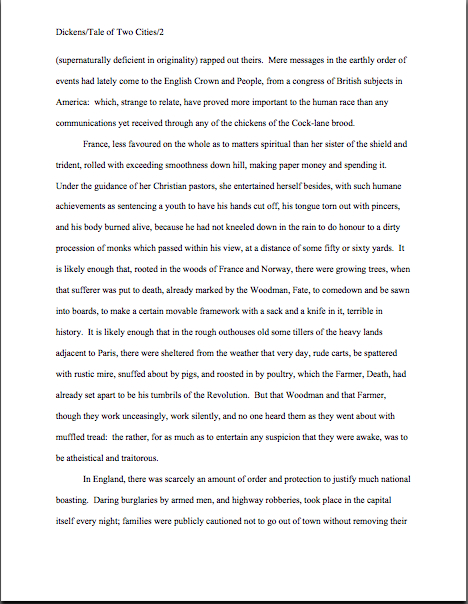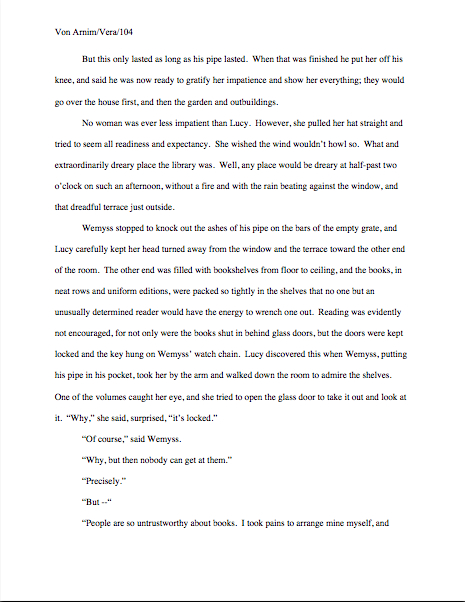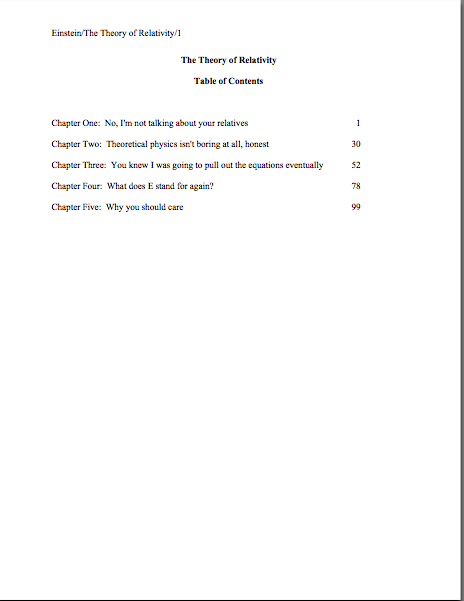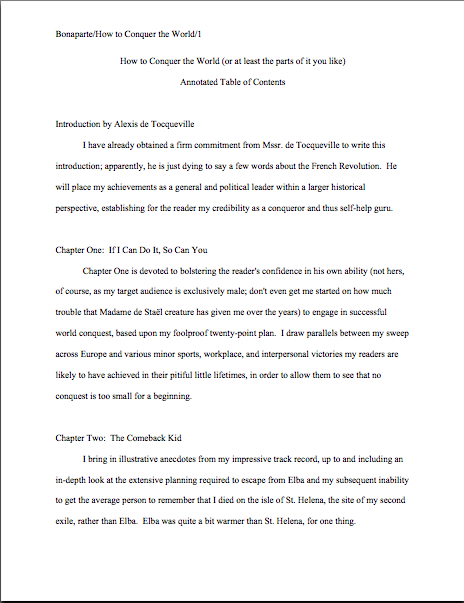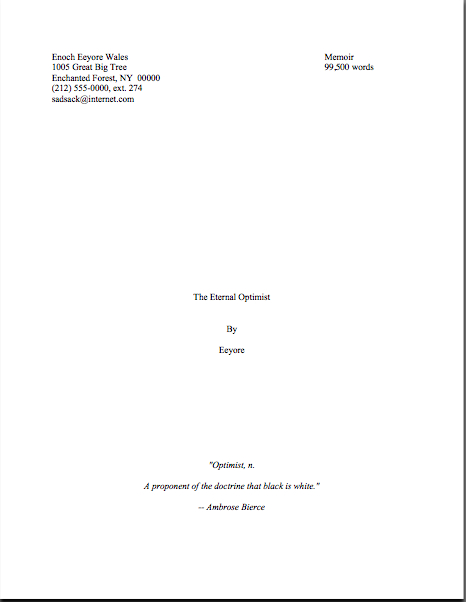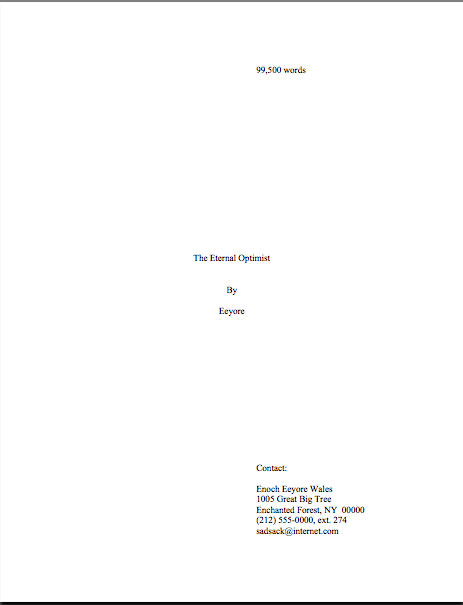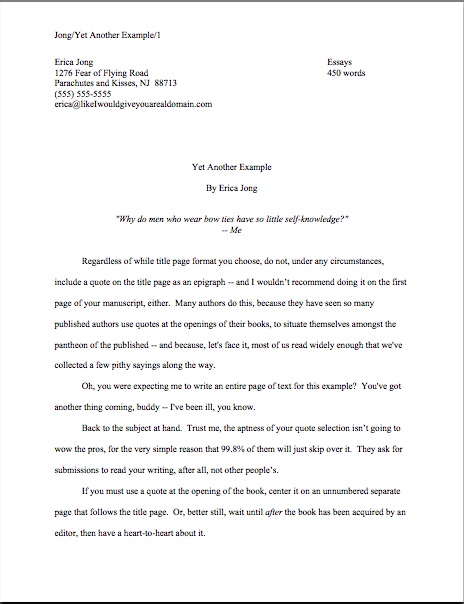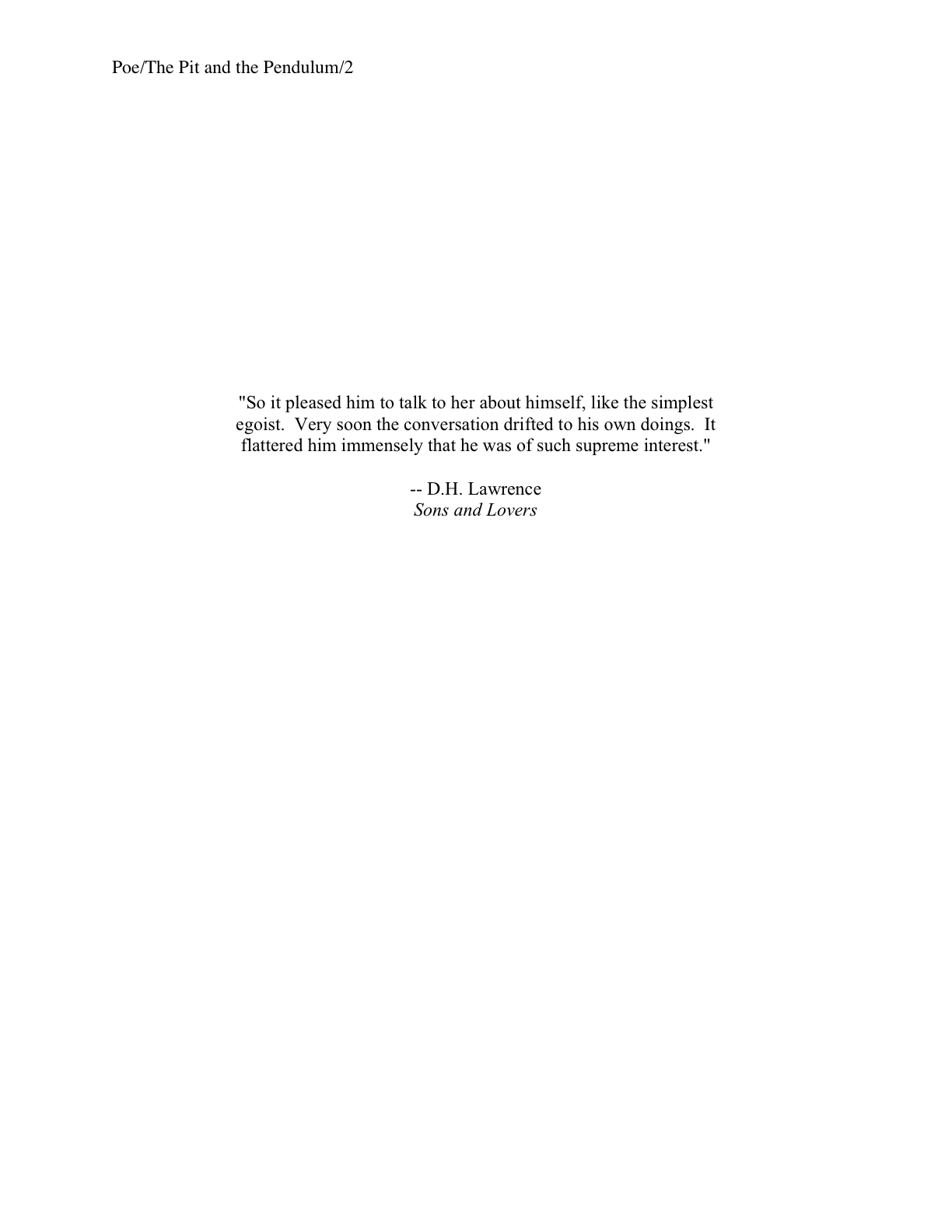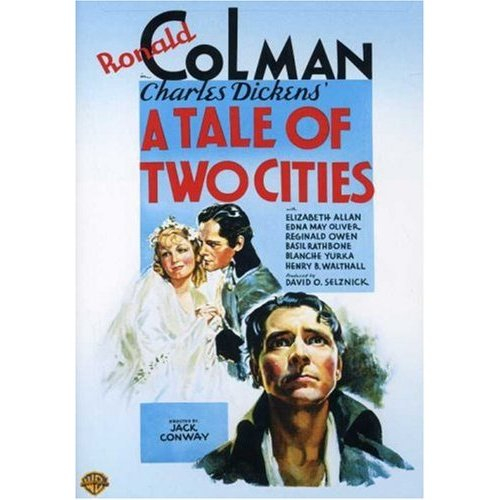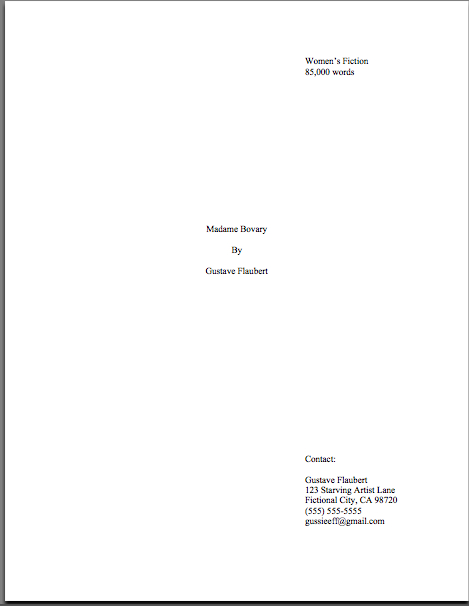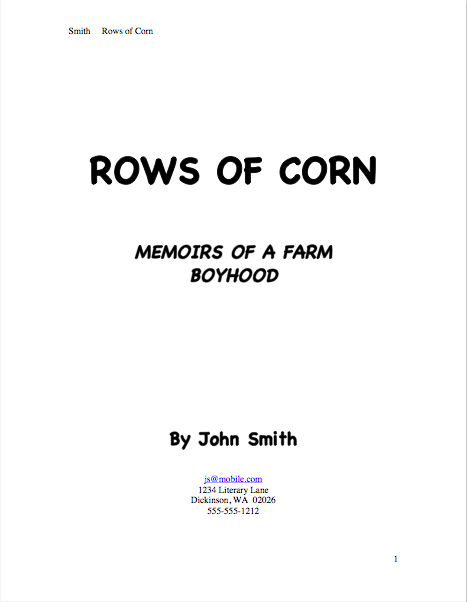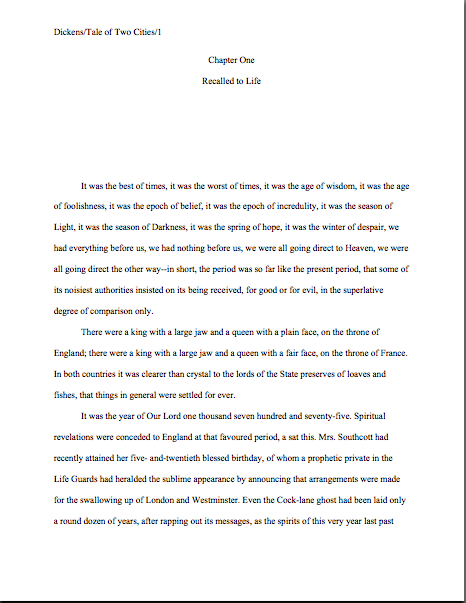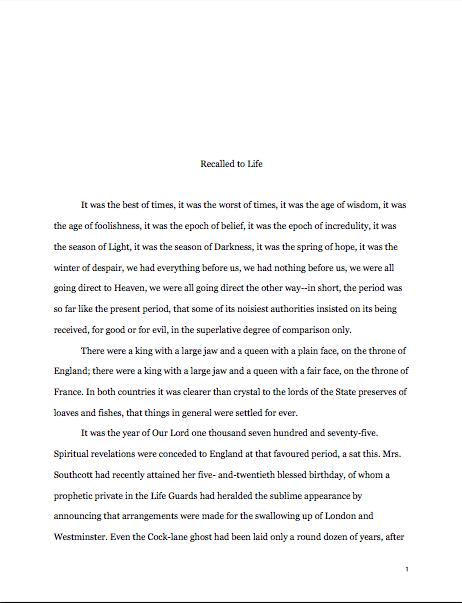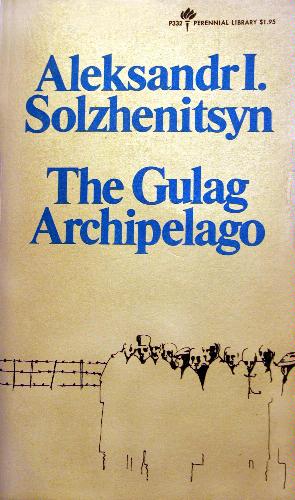How have your first pages fared so far during our foray into the delights of common reasons submissions get rejected right off the bat? Well, I hope; frankly, I hope your manuscript has been laughing at them.
So far, we’ve been limiting ourselves to the more straightforward red flags: cliché-mongering, over-description, overly enthusiastic use of jargon, too much red hair in heroines, etc. In the spirit of heading some of the more complex rejection problems off at the pass, we’re going to concentrate today upon the rejection reasons that have to do with how that latte-drinking, lunchtime date-awaiting, radically underpaid agency screener who is only doing this job for a few years to learn the business does and doesn’t get drawn into the story.
Yes, yes, I know: from a writer’s point of view, talking about how much a reader could possibly get pulled into a story between, say, line 2 and line 3 of page 1 is kind of ridiculous. Bear with me here.
We’ve all heard at length about the importance of grabbing the reader from line 1 — at least, those of us who have ever taken a writing class have — but I’m going to reserve discussion of lackluster hooks for another day. Right now, I would like to introduce you to the oft-cited concept of a reader’s being pulled out of the story by something in it.
That made some of you sputter over your coffee, didn’t it? Or was that giant cry of “Wha–?” that just rose from the ether a response to something else?
Being pulled out of a story is industry-speak for when you are reading along, happily following a story line — and then you encounter something that doesn’t seem to fit. A jarring or anachronistic element, for instance, or an unexplained switch in perspective or tense; it is very much in the eye of the beholder.
Whatever instigates it, the reader’s mind starts wandering off the storyline and onto other matters — usually, to the fact that this particular element is annoying and distracting.
Let me give you a concrete example, so you may recognize the phenomenon when you spot it in the wild:
Caleb Williams stood on the still-smoldering deck of Her Majesty’s Ship Wasp, contemplating the ruins of the ship that had sheltered him since he was a cabin boy. What had become of Beatrice, his long-suffering fiancée? He peered through the smoke, shouting for her, but the dying man clinging to his leg was slowing his search efforts considerably. Impatiently, he drew a Ginsu knife from his Georgio Armani tool belt and slit the man’s throat, so he could move forward unimpeded through the brine seeping up from below. Too soon, however, he tripped over a bloated mass floating before his knees: Beatrice, his heart cried, or just another bos’un’s mate?
Okay, I know it was subtle, but was there a point where you stopped following Caleb’s saga, wondering for a nanosecond or two what the author was thinking?
Yup. In that moment, you were pulled out of the story.
Universally, agents, editors, and their screeners cite being pulled out of the story as a primary reason to stop reading a submission on the spot. And yes, professional readers often do complain about being pulled out of a story as early as its first sentence.
Put down that paperweight this instant. Throwing it won’t help matters.
The ubiquity of this particular red flag is why, in case you’re curious, agents at conferences so often give the same tired suggestion for evaluating where a manuscript needs revision: “Take a pen,” they advise, “or better yet, have an impartial reader take a pen, and run it vertically down the side of the page as you read. Every time you look up, or your mind starts to wander, make a horizontal line on the page. Then, after you’ve finished reading, go back and revise any spot with a horizontal line.”
Now, in my rather lengthy editing experience, this does not work particularly well as a pre-revision technique; basically, all it spots are boring bits and places where you’re pulled out of the story because nothing much is going on. Also, I don’t know about you, but I hear from writers all the time who point out that they’ve looked at their own prose so often that they have practically memorized it. How easy do you think it is to distract such a reviser who is reading a manuscript for the 17th time?
Not to mention the fact that this technique tends to create unwarranted insecurities in those of us who like to read our work in public places — oh, yeah, like you don’t look up when someone cute walks by — or who happen to live and write near firehouses, schoolyards, and anywhere likely to be frequented by a police car with a siren.
Besides, for a good revision, you need to pay attention to more than just flow.
However, this trick is an incredibly good way to try to see your submission from an agent’s point of view. Instead of drawing the horizontal line when you become distracted, however, just stop reading. Permanently.
Obviously, then, you would probably like to avoid including elements that will pull the reader out of the story on your first page. Here are the reasons on the Idol list most closely affiliated with this phenomenon:
16. The opening has the protagonist respond to an unnamed thing (e.g., something dead in a bathtub, something horrible in a closet, someone on the other side of her peephole…) for more than a paragraph without naming it, creating false suspense.
17. The characters talk about something (a photo, a person, the kitchen table) for more than a line without describing it, creating false suspense.
19. An unnamed character (usually merely identified as she) is wandering around the opening scene.
20. Non-organic suspense, created by some salient fact being kept from the reader for a long time (and remember, on the first page, a paragraph can seem like a long time to Millicent).
27. The book opened with a flashback, rather than with what was going on now.
28. Too many long asides slowed down the action of an otherwise exciting scene.
29. Descriptive asides pulled the reader out of the conflict of the scene.
The last two, #28 and #29, are fairly self-explanatory, aren’t they? Basically, these are pacing problems: the agent wanted to find out what was going to happen with the story, but the narrative insisted upon describing every third cobblestone on the street first. (I’m looking at YOU, Charles Dickens!) Or the narrative gave too much background between pieces of action or dialogue (don’t you try to slink away, Edith Warton!), or our old bugbear, the narrative stopped the action cold in order to describe the room, what the protagonist is wearing, the fall of the Roman Empire, etc., in between showing the plot in action. (You know I’m talking to YOU, Victor Hugo!)
Pop quiz, to see how good you are getting at thinking like an agency screener: what underlying objection do all of the remaining reasons have in common?
Give up? They all reflect a serious aversion to the reader’s being tricked by the narrative.
While a casual reader might not object to early-on plot, structural, or naming choices that encourage him to guess what is going on, only to learn shortly thereafter — gotcha! as our lame duck president likes to say — that those assumptions were wrong, an agent or editor is more invested in the storyline (and, arguably, dislikes being wrong more).
So that gotcha! moment, instead of impressing them with how very clever the author is, tends merely to pull them out of the story. And we all know what happens when that occurs, right? Straight back into the SASE for that submission.
Moral: folks in the industry like being right too much to enjoy being tricked.
Go ahead, have that inspiring axiom tattooed on your mousing hand, so you will never forget it. I’ll wait.
So why, given that your average agency screener loathes first-page bait-and-switches with an intensity that most people reserve for thermonuclear war and tax day, do SO many writers elect to trick their readers early on? Unfortunately for our team, many of us were taught at impressionable ages that lulling the reader into a false sense of security, then yanking the rug out from under him, is a great format for a hook. It can work well later in a story, certainly, but as a hook, it tends not to catch many fishes at an agency, if you catch my drift.
(My, I am being nautical today, amn’t I? Yo ho ho and a bottle of rum!)
Mostly, though, I suspect that most writers don’t think of these strategies as reader-tricking at all. Take, for instance, #27, opening the book with a flashback, rather than in the present reality of the rest of the book.
Now, there might be many perfectly valid narrative reasons to do this, right? (A word to the wise: if you are going to flash back briefly first, don’t italicize the flashback to differentiate it from the rest of the text: most screeners will automatically skip over openings in italics, on the theory that they aren’t really germane to the opening scene.) You’re making an interesting commentary on the nature of human memory, perhaps: no one of at least average intelligence, you probably think, is at all likely to be tricked by this.
Not to cast aspersions on Millicent’s smarts, but frankly, she just doesn’t see it this way, because — actually, no: you take a shot at thinking like a screener, for the practice. Why would you feel tricked by this tactic?
On your marks, take a sip of that scalding latte, and GO!
If it occurred to you that Millicent might resent being drawn into the action of one scene (the flashback), then expected to switch gears to become involved in another (the present of the book), give yourself high marks. If you also thought that she might get a tad testy because, after getting comfortable in one timeframe (the flashback), the time shifts to the present of the book, give yourself extra credit.
But really, if you came up with any flavor of, “Hey, this narrative tricked me! I hate that!” or “Hey, that switch pulled me out of the story!”, you’re doing pretty well.
Now that you’re getting the hang of it, figuring out the problem the screener would have with #19, an unnamed character (usually “she”) wandering around the opening scene, should be a walk in the proverbial park. Any guesses?
Here’s a hint: this one usually pulls the screener out of the story the second time the pronoun is used.
Oh, you’re getting so good at this: a gold star to those of you who realized that what pulled the reader out of the story in this case is the reader’s own annoyance with the character’s not being identified by name. “Who is this chick?” the screener cries, eyeing her watch as her lunch date ticks ever-closer. “And why the heck can’t I know her name? What else is this writer hiding from me?”
Which brings me to the most popular reader-tricking tactic on the list, the creation of false suspense (also known as non-organic suspense, if you want to get technical) by the narrative’s withholding necessary information from the reader. This practice makes Millicent blow her top even faster if the narrator (in a first-person piece) or the protagonist (in a tight third-person work) clearly is already conversant with the information the narrative is callously denying the reader.
And if you think it isn’t irritating, permit to ask you: haven’t you been wondering what on earth the photo at the top of this post actually IS? Hasn’t that wonder been distracting you just a little bit from the argument I’ve been making?
Again, keeping mum can work as a long-term plotting strategy (and is one of the reasons that many novelists find maintaining tension easier in a first-person narrative, as the reader learns things at the same rate as the narrator, thus necessitating withholding information from the reader), but done too early in a book — in this case, on the first page — it can come across as a trick.
And we all know by now how agents and editors feel about those, right?
Again, in most submissions, tricking the reader is the farthest thing from the author’s mind: usually, she’s just trying to create a tense, exciting opening scene. Yet consider the following rejection reasons, and think how these well-meant tension-building techniques went awry:
16. The opening has the protagonist respond to an unnamed thing (e.g., something slimy in her shoes, something dead in the back seat of her car, a particularly hateful program on the TV set across the room…) for more than a paragraph without saying what the responded-to thing IS.
17. The characters talk about something (a book, another character, a recent trip one of them took to Antarctica, or, the most popular option of all, a recent trauma or disappearance) for more than a line without describing what the discussion topic IS.
20. Some salient-yet-crucial fact being kept from the reader for several paragraphs, such as the fact that the protagonist is on trial for his life or that Rosebud is a sled.
Place yourself in the tattered jeans of that agency screener, my friends, then chant along with me why all of these choices are problematic: they pull the reader out of the story, in order to wonder what IT is.
(Speaking of which, I’ll give you a hint about the photo: I took it on a beach on the Oregon coast.)
But that TELL ME, ALREADY response — which is usually what the screener gives as a reason for rejecting tactics like these — tells only half the story. Engendering reader speculation can be a very good thing indeed, so what’s the real objection here?
Simple: Millicent fears that she is being set up to be tricked later on.
She doesn’t like that, you know; worrying about whether she is guessing right tends to pull her out of the story. Keep her in it as long as you possibly can. Because, really, isn’t it a great writer’s job to enthrall the reader so deeply that an anvil could fall on her toe and she wouldn’t lift her eyes from the page.
Millicent thinks so.
Have you given up on identifying the photo’s subject? It’s a close-up of a redwood log washed up on a beach, taken in the thirty seconds between when the waves tossed it there and when they took it away again. Thus the slight blurriness: it was in motion — and so was I, since the waves threw it practically on top of me. Think Millicent would have guessed that?
More rejection reasons follow next time. Keep up the good work!








